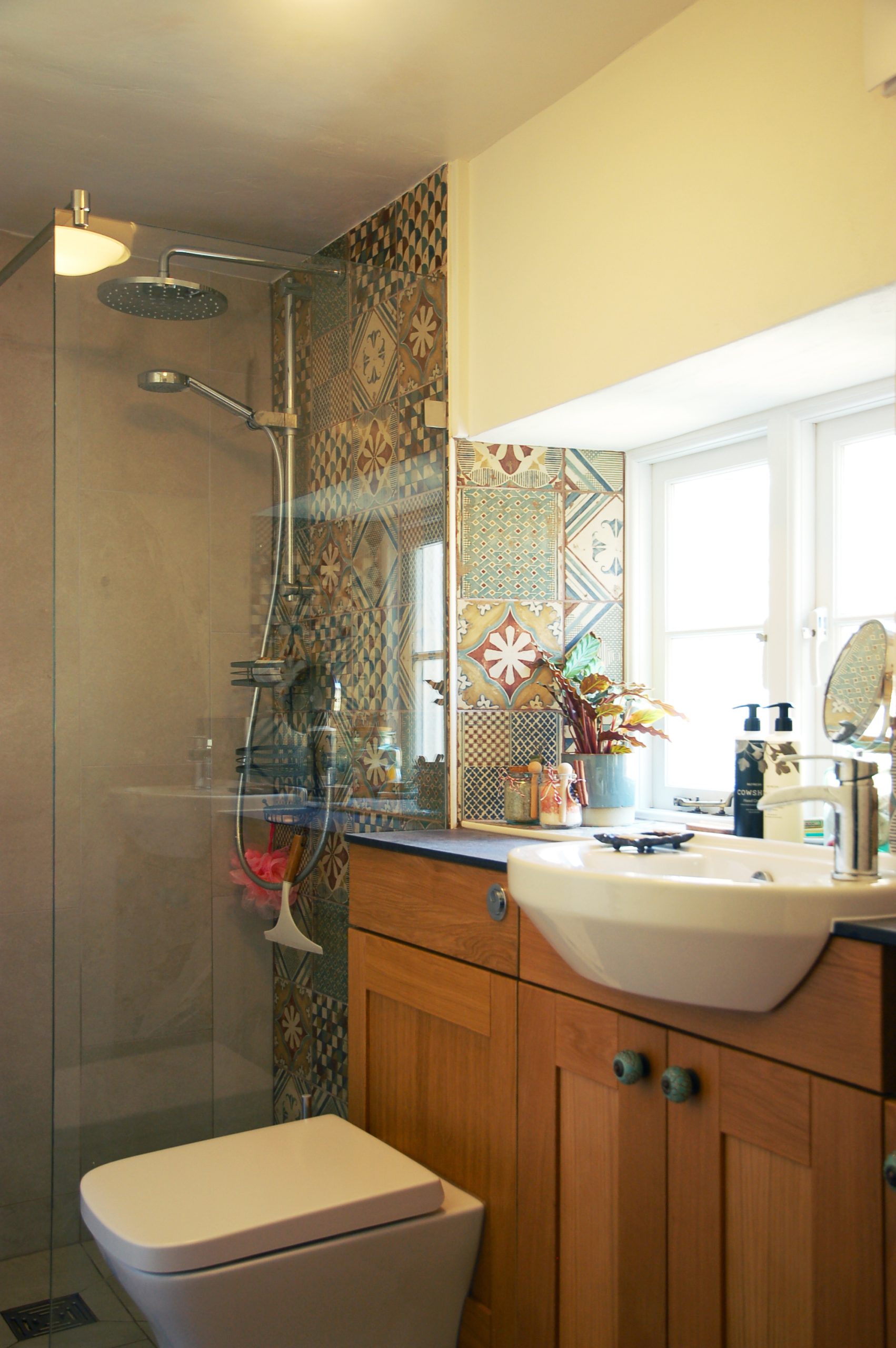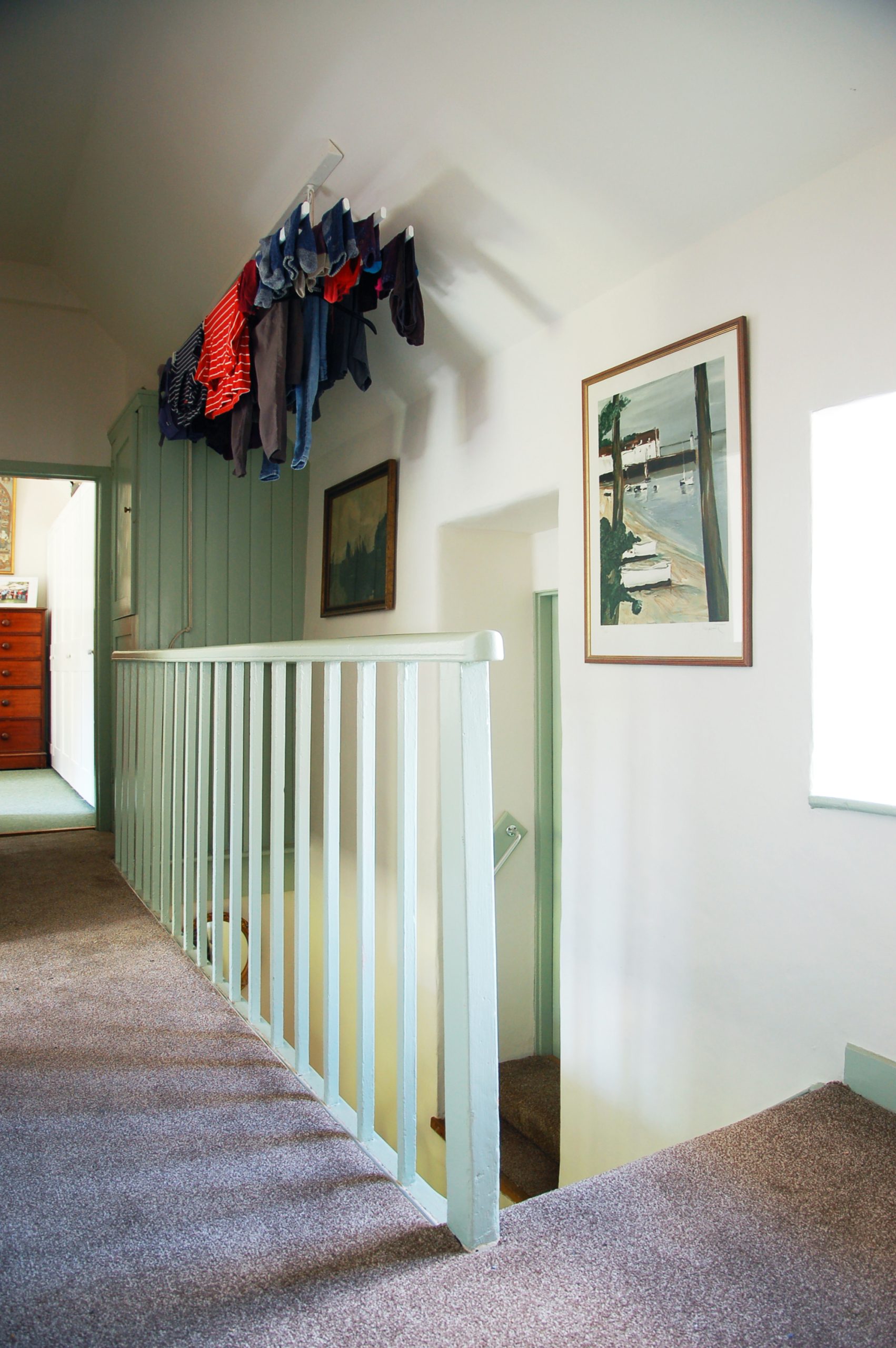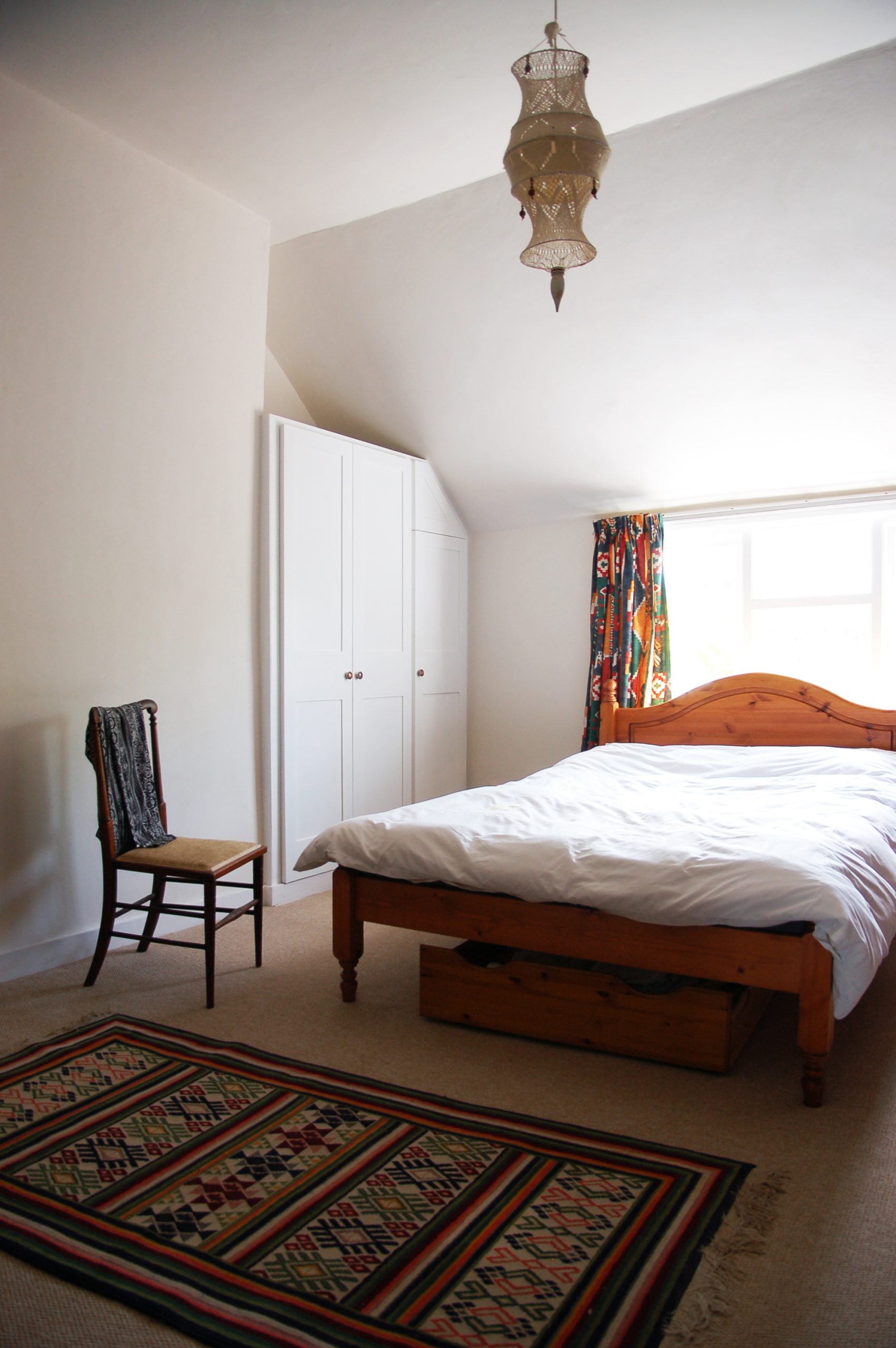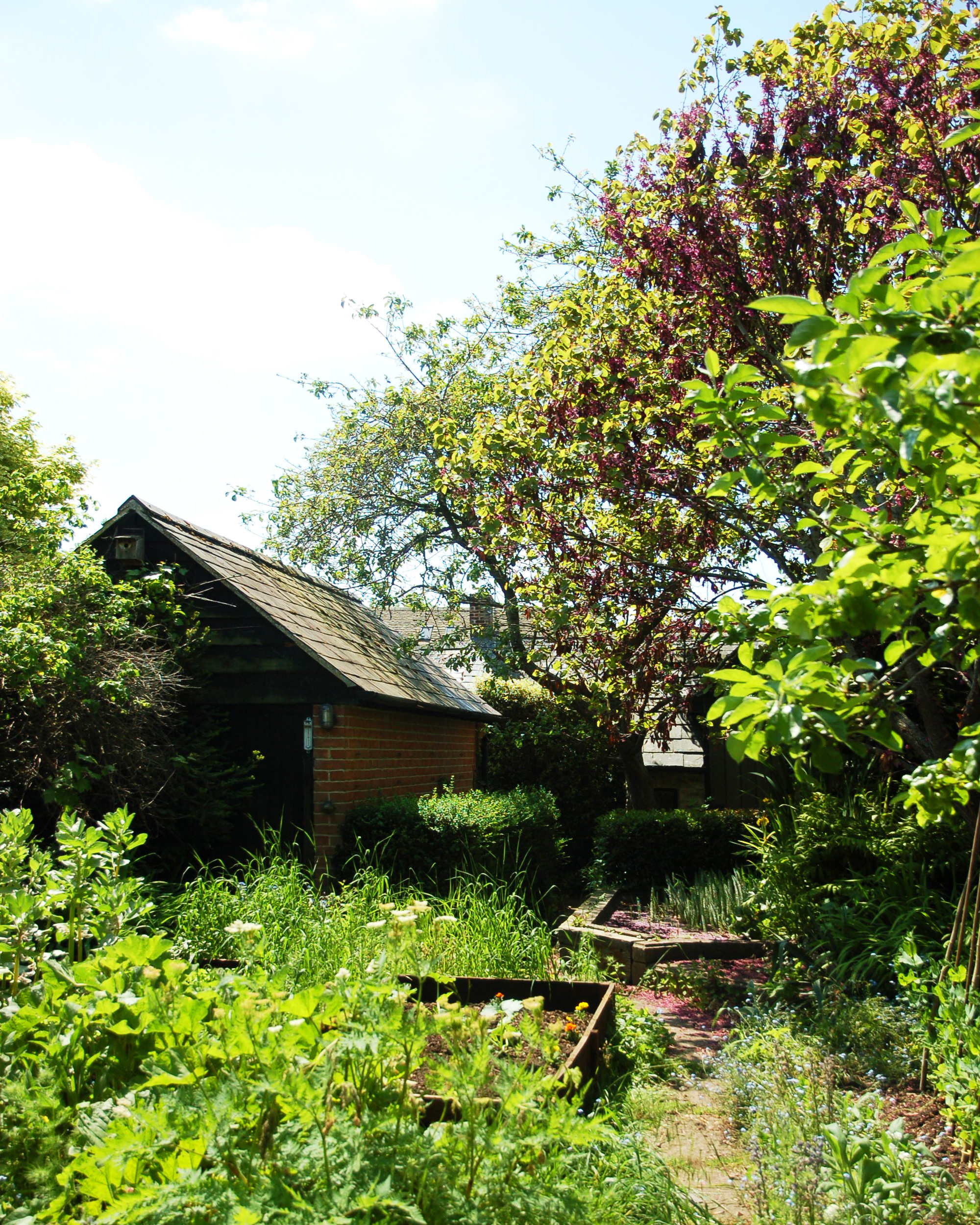The Orchard
Location: Eynsham, West Oxfordshire
Status: Completed
Our client at Queen Street approached us looking for help with their hard-to-heat home, which could drop to almost fridge-like temperatures during the winter months. In the context of this large, characterful, pre-1900s property, the pros and cons of different available retrofit measures required particularly careful consideration. We conducted an initial appraisal looking at the feasibility of different options: how they would impact thermal comfort and energy reduction, and the estimated capital costs and payback period. While payback is often the focus of feasibility, it’s the improvement of thermal comfort that wins in this, and many other cases.
After looking at the options with our client, we insulated internally with wood fibre, and installed loft insulation and ground floor insulation as practicable.
Replacement double-glazed timber windows were fitted throughout, and an array of solar photovoltaic panels added to the south-facing roof, with excess energy diverting to hot water. The existing gas boiler was still within its useful lifespan and so was retained with a view to replacing with an air source heat pump in the future.
Our client reported that prior to the building work, the underside of the skeilings would be hot to the touch, effectively acting like giant radiators in the rooms. However, the now insulated skeilings remain very cool. This is a testament to the efficacy of wood fibre insulation installed in the right places. Heat pump ready, producing its own solar energy, and with its newly energy efficient building fabric, this cottage is now less reliant on fossil fuels and a step closer to net zero – all whilst retaining its original historic character.




